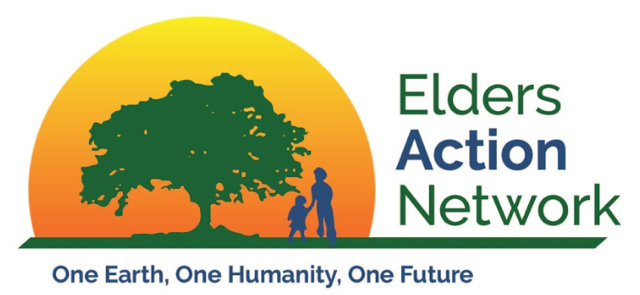On the largest Native American reservation, that stretches across portions of Arizona, New Mexico, and Utah there are 175,00 residents, primarily Navajo. Politicians and health officials are mounting a frantic effort to curb the spread of the coronavirus. The impact could be especially devastating in this extremely rural area, with only four inpatient hospitals.
Indigenous people, like Native Americans, have particular vulnerability to COVID-19. They have high rates of hypertension, asthma, heart and lung diseases – all factors that make them defenseless to the often fatal complications of this pandemic.
Native people tend to live in small, overcrowded homes, many without electricity and running water – all of which makes it nearly impossible to carry out the most effective coronavirus prevention method: frequent hand-washing.
The first confirmed case of the coronavirus on the Navajo reservation came on March 17, and just ten days later, the number had jumped to nearly 115. Many fear that the number of people infected may be far higher. They have yet to receive the testing and PPE materials necessary to diagnose and track the victims. By March 29, two Navajos had died from COVID-19, which was believed to have been spread at an evangelical church rally on March 7. Since that rally, many more have fallen ill.
This is not the first example of Native American susceptibility to contagion. The historical record shows that during the 2009 Swine Flu outbreak, the death rate for Native Americans was four times that of all other racial and ethnic groups combined.
Casinos, along with tourism, are the main revenue source for those on the reservations. Now that the stay-at-home rule is in full sway those revenues and jobs have dried up. Food is a scarce and precious commodity.
In the greatest food-producing nation on earth, several thousand traditional Navajo Elders living on the Reservation face hunger and economic insecurity every day. The status of elderly Navajo is, to put it simply, poor.
The recent $2 trillion federal stimulus package has funds designated for Native American tribes but the distribution of funds has yet to be implemented. Jonathan Nez, president of the Navajo Nation said, “We need a lot of help fast from the federal government.”
In the meantime, what can we do?
- DONATE – Ethel Branch, former Attorney General for the Navajo Nation started a GoFundMe page to buy food and accept food donations. Volunteers are preparing food baskets that include Tylenol (for possible COVID-19 fever) along with familiar kitchen staples like flour, rice, and beans that will be delivered directly to people’s homes.
- Adopt-An-Elder – Help to provide for some of their basic needs, and more
- Share this critical need of Native people. The more we are informed the greater the chance to help.
The character of a whole society is the cumulative result of countless small actions, day in and day out, of millions of persons.
–Duane Elgin
